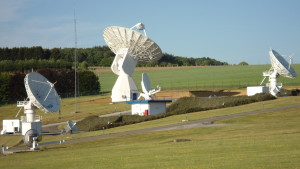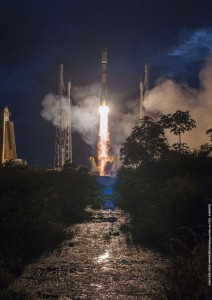Having completed their rigorous checks in space, two more of Europe’s Galileo satellites are now fully operational, broadcasting navigation signals and, from today, relaying search and rescue messages from across the globe.
Galileos 7 and 8 were launched from Europe’s Spaceport in French Guiana on 27 March. Once the satellites were nursed to life in orbit, their navigation payloads underwent a lengthy test campaign.
This involved assessing that the satellites themselves were performing as planned and meshing with the worldwide Galileo ground network.
The satellites’ secondary search and rescue payloads were also put to the test, picking up and relaying UHF signals from distress beacons as part of the international Cospas–Sarsat system. Read more…



